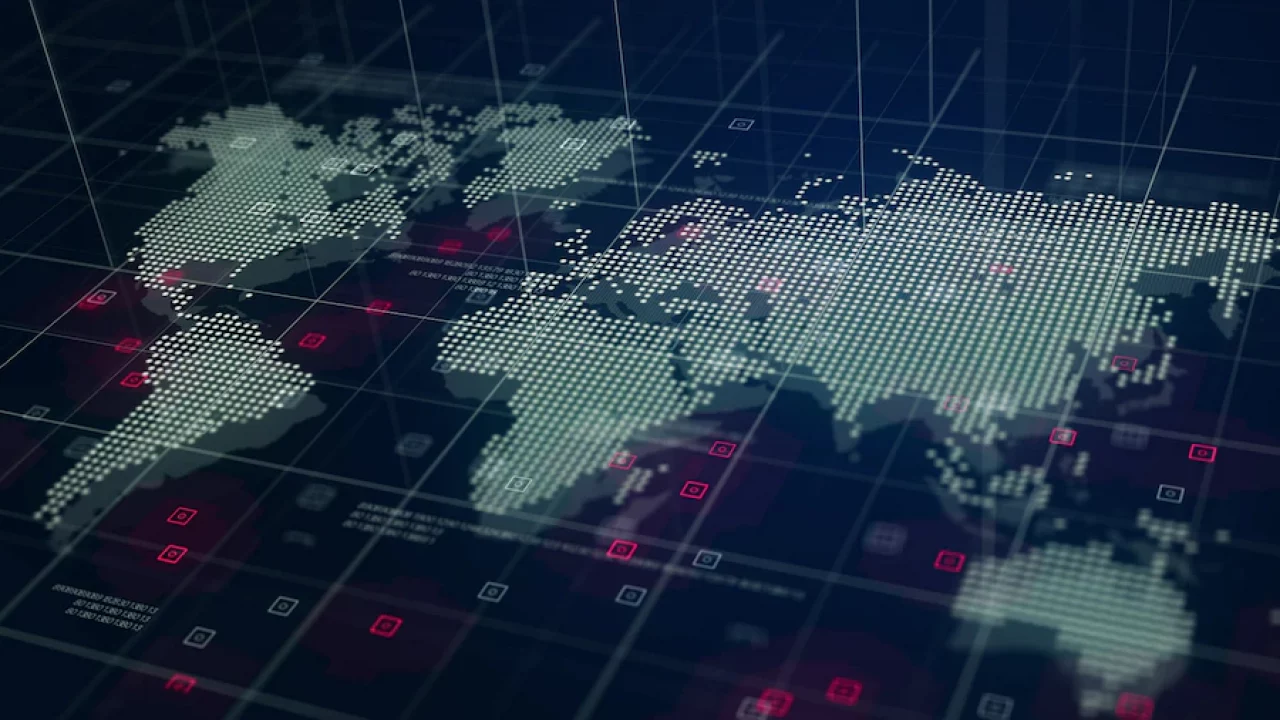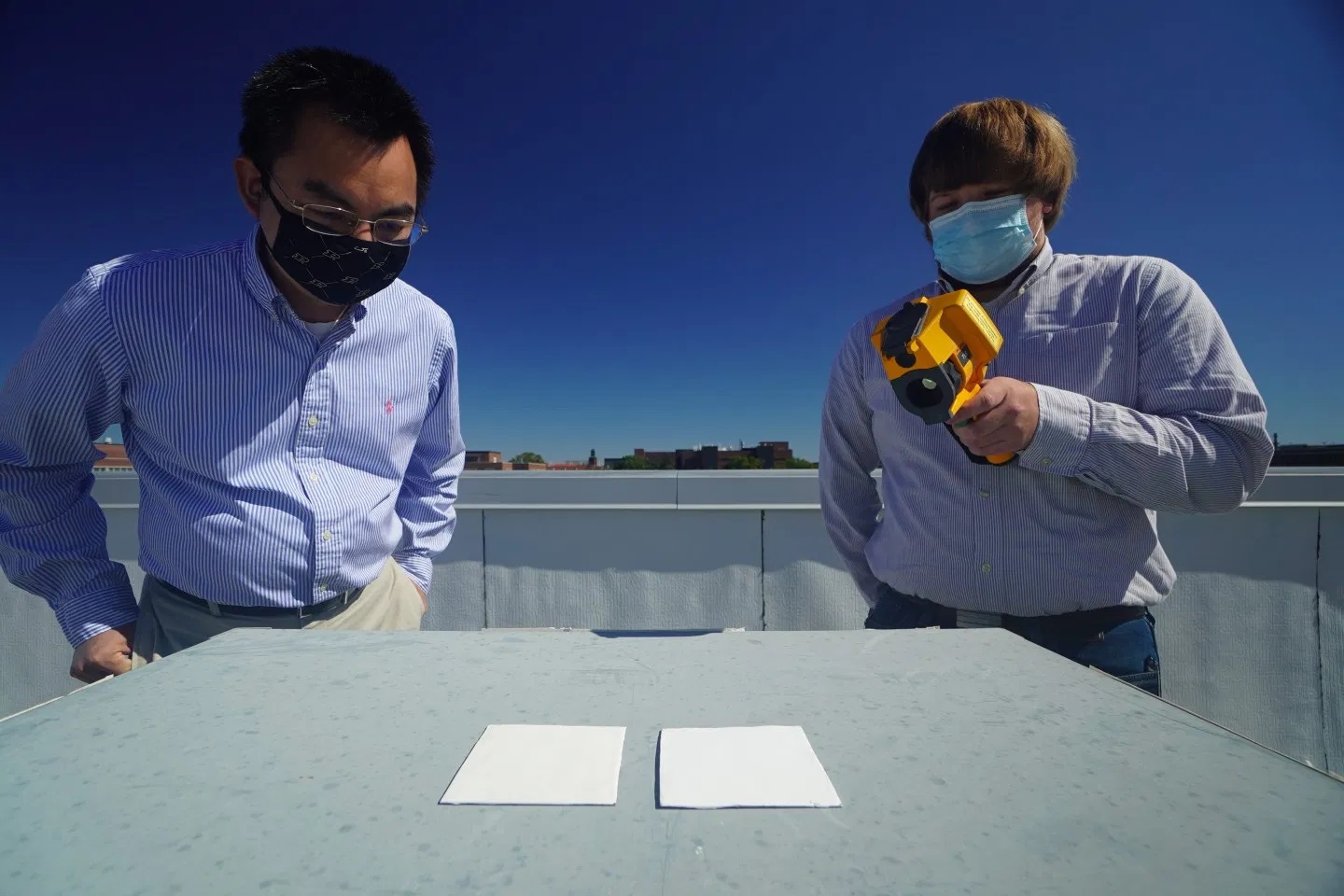The technology that will replace GPS has been announced: The first tests have been completed

GPS or Global Locator System, which is a technology that we often use in daily life, has become an indispensable part of our lives both in navigation and mapping. On the other hand, we see that this technology does not provide sufficient efficiency inside buildings and underground. However, this problem may disappear very soon. Engineers in Japan have managed to develop an alternative technology that uses cosmic rays and will replace GPS.
The new alternative to GPS is MuWNS
For those who don’t know, GPS currently uses an extensive network of 24 satellites orbiting the Earth. Electronic devices that receive signals from at least four satellites can track the distance and relative position on the ground. However, although this technology is sufficient for everyday use, let’s remind you that GPS signals can be easily reflected from rocks, water, and surfaces such as walls.

Therefore, adequate efficiency cannot be achieved inside buildings or even in dense residential areas. Researchers at the University of Tokyo have managed to develop a new technology called muometric wireless navigation system (MUWS) that will eliminate these problems. The most important feature of the technology is that location “signals” can pass directly through solid materials.
All obstacles will disappear
According to the research, these signals will be based on Muon particles formed when cosmic rays hit our atmosphere. Today, it is stated that these particles are evenly distributed on the Earth’s surface and always move at the same speed, regardless of which substance it is. So let’s remind that a similar study was successful in the examination of solid structures such as the Great Pyramid of Giza and in the tests of a sensitive clock synchronization system that works both underground and underwater.
If we return to the research, the MUWS system, which was tested in a multi-story building where GPS signals were inefficient, managed to achieve high accuracy by having reference stations function like GPS satellites.
In the image above, which shows how the muometric wireless navigation system (MUWS) works, the green dots are located on the 6th floor of the building. the reference stations on the floor and the white lines represent the muons. The red line in the basement represents the path followed by the researcher with the muon detector, and the white dotted line represents the path detected by MUWS.
So how well does this system work correctly? Professor Hiroyuki Tanaka, the lead author of the study, stated that the current accuracy of MU Decals is “between 2 m and 25 m (6.6 and 82 ft) depending on the depth and speed of the person walking” and “offers a range of up to 100 m (328 ft).” In addition, the scientist added that the technology works as well as single-point GPS in urban areas, but it is far from a practical level. The reason for this is the delay problems experienced.
At this point, the researchers say, people need one-meter accuracy, which can be corrected with atomic clocks, which are currently too expensive for widespread use. Therefore, we can say that we should wait for a while longer for the new technology. Researchers, on the other hand, indicate that work will continue for the MUWS system.




